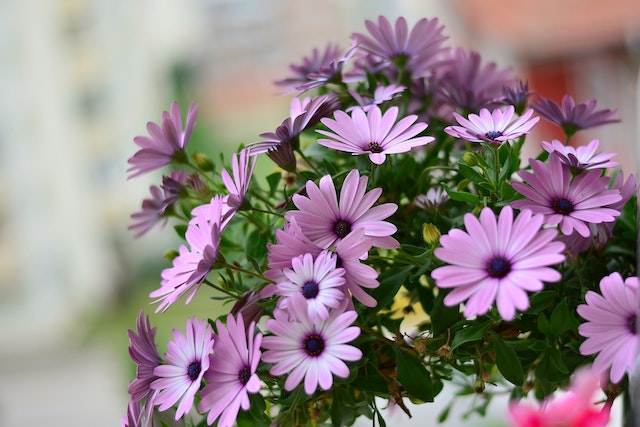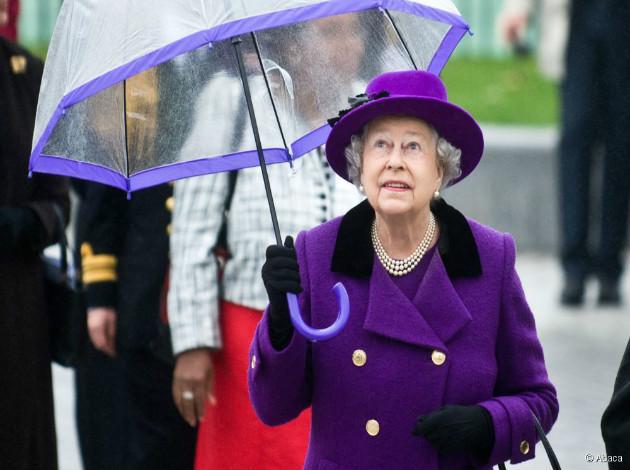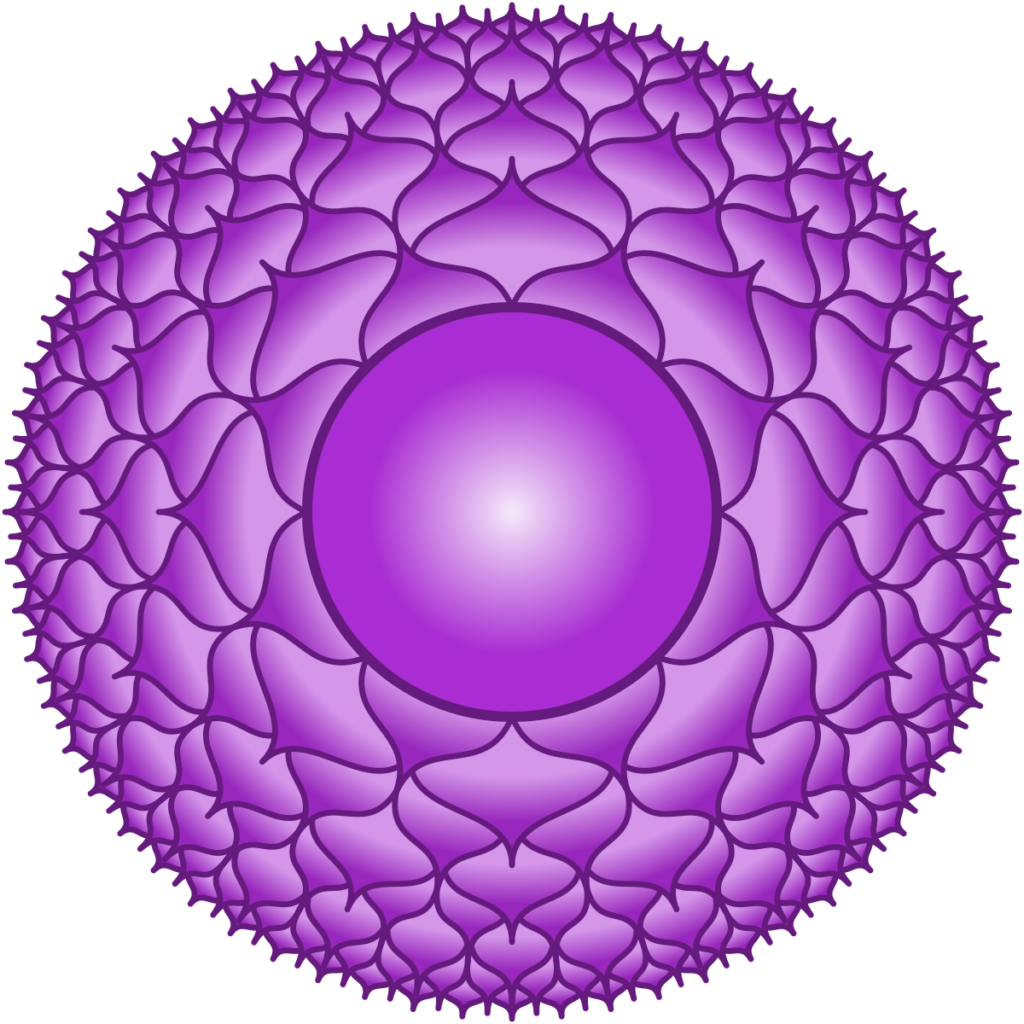The color purple has always held a special place in cultures and societies around the world. From its symbolic meanings in different cultures to its psychological impact on individuals, purple is a color that evokes strong emotions and carries significant symbolism. In this blog, we will explore the various meanings of purple in different cultures, including its significance in the Bible. We will also delve into the psychological effects of purple and how it can influence our emotions and behavior.

Additionally, we will discuss the physical effects of purple and the different shades it can manifest in. Whether you are curious about the most common uses of purple or want to learn about its association with chakras and gemstones, this blog will provide you with all the information you need to understand and appreciate the color symbolism of purple in Western cultures.
Purple Color Meanings in Different Cultures
Purple holds significant meanings in various cultures worldwide, dating back to ancient times. In both Eastern and Western societies, it is commonly associated with royalty, wealth, power, exclusivity, and fame. Throughout history, purple dye was considered a luxury due to its rarity and the labor-intensive process of extracting it from sea snails. As a result, purple clothing became a status symbol reserved for kings, queens, and rulers. The study of color theory further explores the psychological and emotional impact of colors, including the symbolism and cultural significance of purple.
In certain European nations such as the U.K., and Italy, as well as Brazil, Thailand, India, and Catholicism, purple is also linked to death and mourning, much like the color black. In these cultures, wearing purple alongside black is customary when mourning the loss of a loved one. In Brazilian culture, it is even considered unlucky to wear purple lent outside of funeral-related occasions.

In the United States, purple is a symbol of honor and courage, represented by the Purple Heart. The Purple Heart is the highest military award given to soldiers, sailors, Marines, and airmen who have displayed exceptional bravery and sacrifice. The coronation of the royal family, as a symbol of royalty, also holds a significant place in the hearts of the people, representing tradition, heritage, and national unity.
Purple’s multifaceted symbolism extends beyond its association with royalty, wealth, and mourning. It has also become an emblem of pride, support, and compassion within the LGBTQ+ community. Moreover, purple is widely recognized as a mysterious color connected to creativity, mystery, and magic across diverse cultures around the world.
Throughout history and across various societies, purple has captivated and inspired people, evoking feelings of grandeur, spirituality, and artistic expression. Its rich and varied meanings make it a color that transcends boundaries and continues to hold significance in our global culture.
What Does the Color Purple Mean in the Bible?
In the Bible, the color purple carries profound symbolism and conveys various meanings. Its scarcity in nature and the costly process of obtaining its dye bestowed it with great prestige. Among the ancient Israelites, purple was the most expensive dye, associated with nobility, royalty, and high-ranking officials. Roman Emperors and Catholic Bishops also favored this regal hue, further reinforcing its connection to power and authority, including the use of Tyrian purple.

Additionally, phrases containing the color’s name often referred to individuals of royal lineage. For instance, Constantine VII, Emperor of the Byzantine Empire, earned the title “Porphyrogenitus,” which translates to “born of the purple room.” Such historical associations and their spiritual essence make purple a cherished and revered color in biblical contexts.
Psychological Meaning of Purple
Purple is a color associated with royalty and luxury, carrying profound psychological significance that varies among individuals. It blends the contrasting colors of red and blue, resulting in a unique effect that can be both energizing and relaxing. When used sparingly, purple ignites joy, inspiration, and creativity, stimulating the imagination and encouraging the exploration of new ideas. However, excessive use of purple can be overwhelming and alienating, invoking a sense of frustration or exclusivity. It is crucial to strike a delicate balance when incorporating purple, harmonizing it with the overall aesthetic without overwhelming the senses and conveying different meanings.
Purple’s psychological meaning transcends cultural boundaries, offering versatile interpretations. It conveys power and spiritual connection, symbolized by the crown chakra, Sahasrara, and amethyst. The color awakens the soul, ignites the imagination, and inspires introspection. Its multifaceted nature reflects creativity, spirituality, mystery, and wisdom. By understanding individual associations and using purple thoughtfully, one can create an atmosphere that fosters inspiration, introspection, and a deep connection with the self.
Physical Effects of Purple
Purple, a color often associated with royalty, luxury, and power, can stimulate creativity and inspire imagination. Its calming effects on the mind and body make it a popular choice for promoting relaxation. Additionally, purple is linked to spirituality and introspection.

Studies suggest that this regal hue may even improve focus and concentration making it ideal for deep introspection and creative exploration. Its association with spirituality adds a sense of sacredness and invites us to embark on a journey of self-discovery and individuality. With its diverse meanings and positive physical effects, purple is more than just a color — it has the potential to create a transformative experience at the far end of the visible spectrum.
Meanings of Purple Shades
Different shades of purple have their own distinct meanings and symbolism. Purple is often associated with royalty and luxury, evoking a sense of nobility and extravagance. It can also represent creativity, spirituality, and mystery, making it a favored color for artists and those seeking spiritual connection.
The calming and healing effects of purple make it an ideal choice for creating a peaceful atmosphere. Additionally, understanding the symbolism of purple can help in choosing the right color scheme for branding and marketing purposes, as certain shades can attract specific target audiences.
More Shades of Purple
More shades of purple offer a range of symbolism and meanings. Lighter tones, like lavender, convey femininity, grace, and elegance. On the other hand, darker shades such as plum or eggplant evoke mystery, sophistication, and creativity. Purple is associated with spirituality and mysticism in various cultures, including Greek culture.

The color’s versatility allows for different interpretations and symbolism across the world. Understanding these nuances can help in choosing the right shade of purple to convey specific messages or emotions.
Most Common Uses of Purple
Purple has long been associated with royalty, luxury, and power. It is often used to represent spirituality, intuition, and the higher self. Additionally, purple stimulates creativity and imagination, making it a favorite color for artists and designers. With its feminine connotations, purple is also associated with grace and elegance.
Furthermore, purple is believed to have a calming effect on the mind and body, which is why it is frequently used in relaxation and meditation spaces. The ultraviolet wavelength of purple light is known to have various effects on human health and can be used in therapeutic applications. The use of purple as a feminine color adds to its allure and versatility.
Purple Chakra
Purple is associated with the crown chakra, representing spirituality and connection to higher consciousness. It symbolizes luxury, royalty, and power. In color psychology, purple evokes creativity, imagination, and introspection. Purple has a rich historical symbolism in religious and spiritual practices, representing wisdom and enlightenment.

Different shades of purple carry varying meanings: lavender symbolizes serenity, while light purple represents romance and femininity. With its deep cultural and psychological significance, the purple chakra invites individuals to explore their spirituality and tap into their higher selves.
Purple Gemstone
Purple gemstones are widely admired for their association with royalty, power, and luxury. One popular purple gemstone is amethyst, known for its calming and healing properties. These gemstones come in various shades, ranging from pale lavender to deep violet, adding a touch of elegance and vibrancy to jewelry pieces. It’s fascinating how different cultures and traditions attribute unique symbolic meanings to purple gemstones. Their diverse significance makes them even more intriguing and sought after in the world of gemstones.

Conclusion
Purple is a color that has deep cultural and psychological significance. It holds various meanings in different cultures, from royalty and power to spirituality and mourning. Psychologically, purple represents creativity, mystery, and spirituality. It can have physical effects such as calming the mind and enhancing meditation.
Different shades of purple also carry their own unique symbolism. From lavender to violet, each shade has its own associations and connotations. Purple is commonly used in branding, fashion, and art for its eye-catching appeal. It is also associated with the crown chakra, which represents wisdom and spiritual connection. Amethyst is the gemstone most commonly associated with the color purple.


Leave a Reply